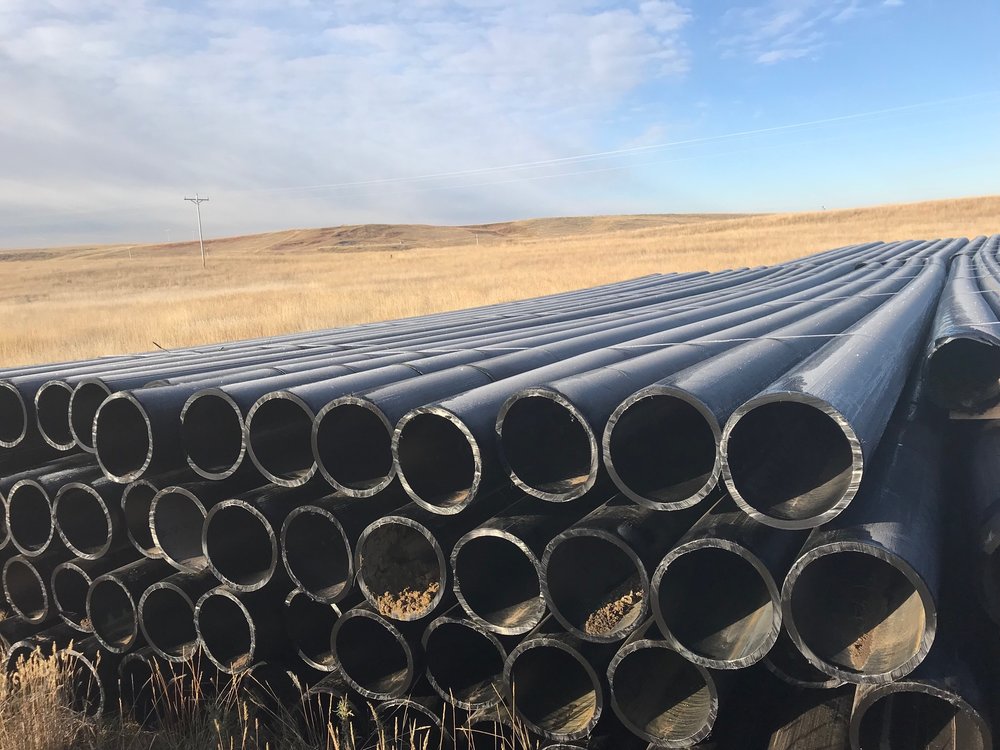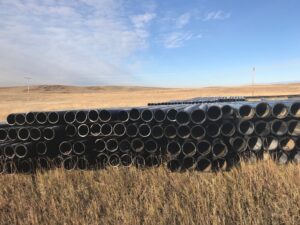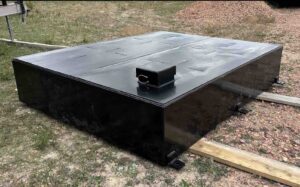Did you know that geothermal heating and cooling systems work in conjunction with the Earth’s stable temperatures? Engineers have found a way to maintain comfortable temperatures in buildings throughout the year. A crucial component of these systems is HDPE plastic material, which provides the durability and efficiency required for applications of HDPE in geothermal systems, such as piping and insulation.
HDPE pipes withstand harsh underground conditions, efficiently transferring heat to residential and commercial buildings. Find out why HDPE plastic is the best choice for geothermal heating and cooling solutions.
Types of Geothermal Pipe Systems
Different geothermal pipe layouts are appropriate for various applications and terrains.
- Vertical Ground Well Systems: Perfect for small surface areas, these systems use pipes that run vertically in drilled holes.
- Pond Loops: Coiled pipes are immersed in aquatic bodies at predetermined depths.
- Slinkys: To maximize space economy, coiled pipes are positioned horizontally in trenches.
- Horizontal Straight Loop: Longer trenches are required for horizontal pipe loops at the bottom of ditches.
- Open-Loop System: This system, which is frequently constrained by restrictions, uses an open water loop as opposed to a closed system.
- Hybrid Systems: For cooling-focused applications, these systems combine cooling towers and geothermal resources.
For maximum efficiency, pick a geothermal system type that fits your energy and space requirements.
Key Characteristics of Geothermal Pipes
For geothermal pipes to withstand a range of temperatures and depths, they must be robust, flexible, and heat-resistant. High-Density Polyethylene (HDPE) pipes are a popular option for geothermal systems because of their resilience to chemicals and breaking, particularly those composed with PE4710 resin. While alternatives like High Temperature Polyethylene (PE-RT) and Cross-Linked Polyethylene (PEX) may offer greater temperature resistance, they are also more expensive. For a geothermal system that balances quality and long-term reliability, you should use HDPE pipes.
Benefits of HDPE Pipes
HDPE pipes are popular for geothermal projects due to their widespread availability, inexpensive cost, and necessary properties such as:
- Heat fusion capability.
- Excellent impact and abrasion resistance.
- Provides corrosion and chemical resistance.
Reliable HDPE Pipes Made From Legacy HDPE
Legacy HDPE is the best choice for long-lasting geothermal heating and cooling. Our products offer exceptional durability and high quality. Visit our website to learn more about our HDPE pipe options, if you have any questions, get in touch with us directly!







